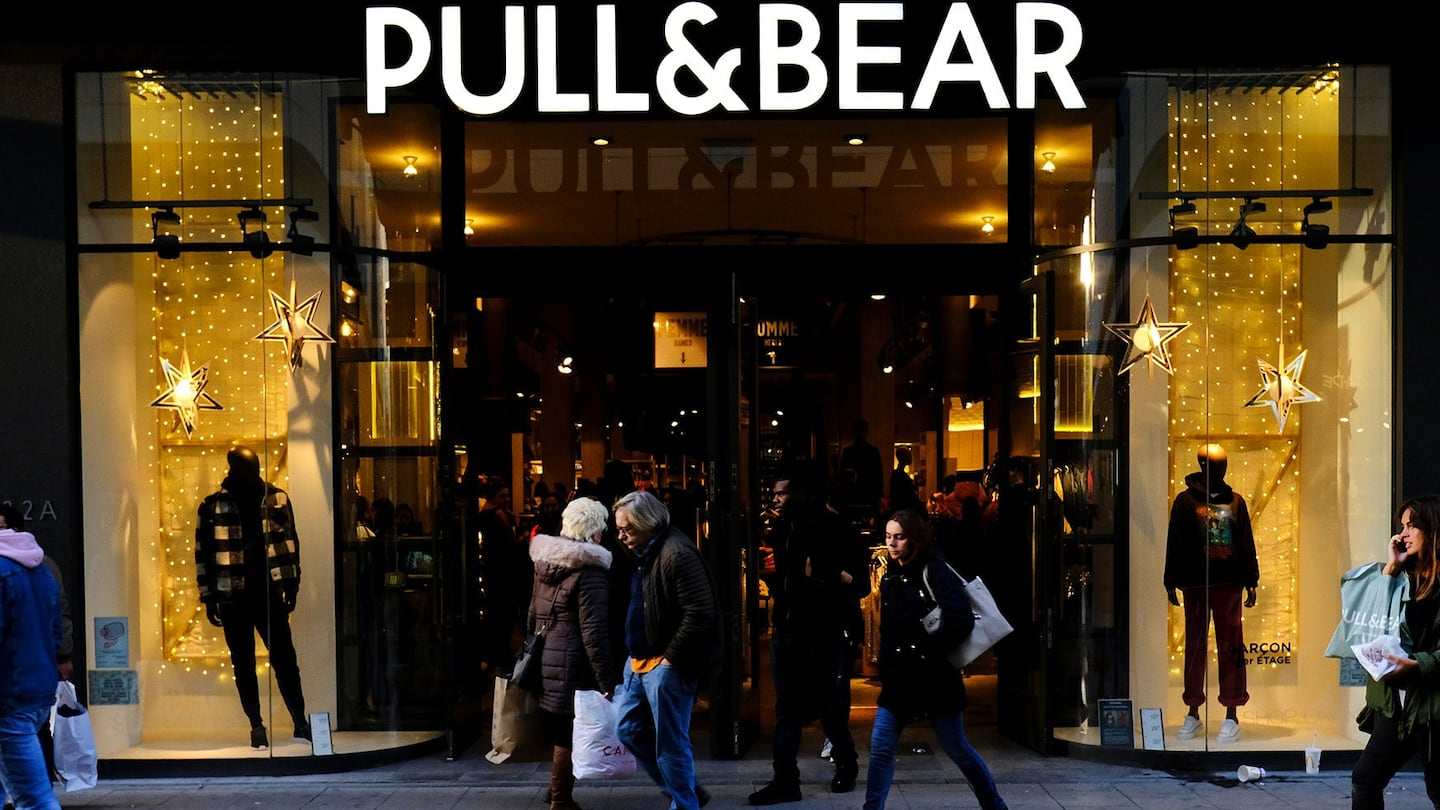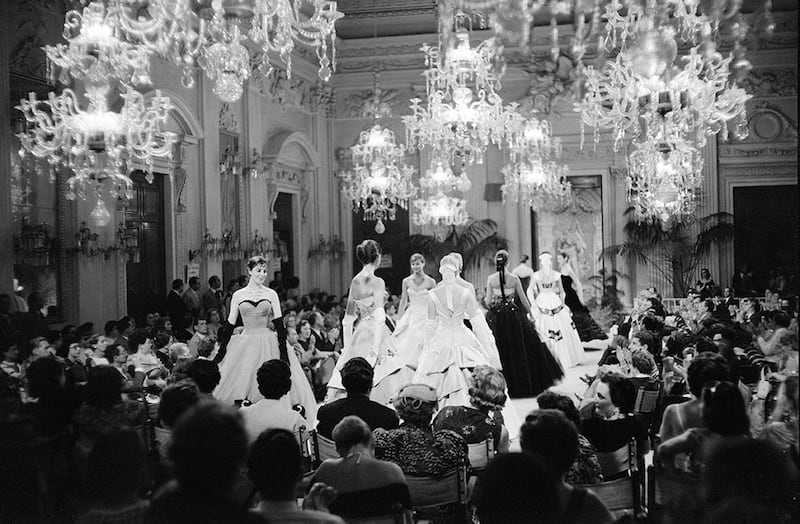
The Business of Fashion
Agenda-setting intelligence, analysis and advice for the global fashion community.

Agenda-setting intelligence, analysis and advice for the global fashion community.

NEW YORK, United States — Inditex, the Spanish owner of the Zara clothing brand, will start operating its youth-focused Pull & Bear brand in the US on Wednesday, as the retailer plows ahead with plans to sell in every country worldwide by next year.
Pull & Bear will be available via web ordering in the US, its 34th global online market, according to an emailed statement. Inditex already operates 94 Zara stores, three Massimo Dutti stores and one Bershka store in the US. The company declined to comment on whether it plans to open physical Pull & Bear stores there.
The push into the US comes as Inditex aims to start offering products in every market in the world by next year, with the aim of becoming one of the world’s first fully global apparel companies. Pull & Bear is going up against youth-targeted US competitors including Abercrombie & Fitch’s Hollister, Forever 21 and Brandy Melville.
Arteixo, Spain-based Inditex in recent years has invested heavily in technology, from augmented reality and tablets in dressing rooms to robot arms to deliver products, as it aims fight off growing competition from online rivals such as Asos, Zalando and Boohoo Group Plc.
ADVERTISEMENT
In parallel with its rollout in the US, Pull & Bear is marketing a limited edition of T-shirts themed to the hit Netflix show “Stranger Things,” ahead of the series’ third season. The tie-up between an Inditex brand and Netflix is striking given the retailer’s traditional wariness regarding advertising and big marketing splashes.
Inditex operates eight brands in 96 countries, with more than 7,000 stores. Its biggest markets outside Spain, by number of stores, are China and Russia, in both of which it has almost six times as many stores as the US.
By Rodrigo Orihuela; editor: Charles Penty, John J. Edwards III
Related Articles:
[ Inditex To Sell All Brands Online Globally by 2020Opens in new window ]

As the German sportswear giant taps surging demand for its Samba and Gazelle sneakers, it’s also taking steps to spread its bets ahead of peak interest.
A profitable, multi-trillion dollar fashion industry populated with brands that generate minimal economic and environmental waste is within our reach, argues Lawrence Lenihan.
RFID technology has made self-checkout far more efficient than traditional scanning kiosks at retailers like Zara and Uniqlo, but the industry at large hesitates to fully embrace the innovation over concerns of theft and customer engagement.
The company has continued to struggle with growing “at scale” and issued a warning in February that revenue may not start increasing again until the fourth quarter.